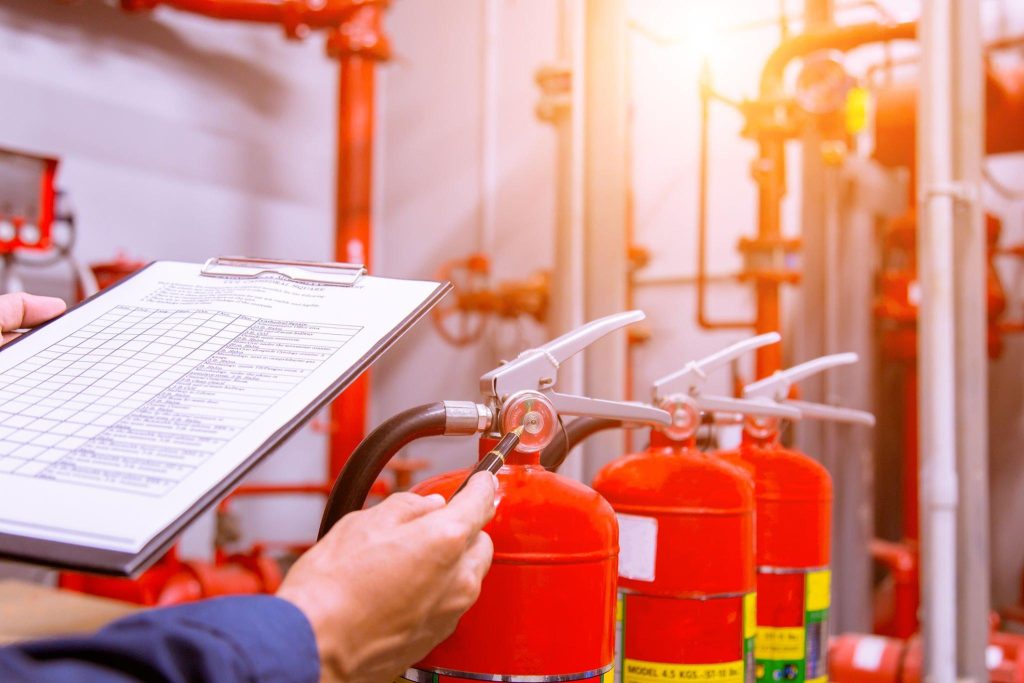Fire safety training is a critical component of workplace safety. Ensuring that all employees are well-versed in fire safety protocols not only helps protect lives but also minimizes damage to property. This guide outlines the essential steps to effectively conduct fire safety training for your employees.
1. Understand the Importance of Fire Safety Training
Before diving into the steps, it’s crucial to recognize why fire safety training is necessary:
- Protecting Lives: The primary goal is to ensure the safety of all employees.
- Legal Compliance: Adhering to fire safety regulations is a legal requirement in many regions.
- Minimizing Damage: Proper training can help reduce property damage and financial loss.
- Preparedness: Being prepared can significantly reduce panic and chaos during an actual fire.
2. Develop a Comprehensive Fire Safety Plan
A detailed fire safety plan serves as the foundation of your training program. Include the following elements:
- Emergency Contact Information: List all necessary contacts such as fire department, building security, and internal emergency coordinators.
- Evacuation Routes: Clearly mark all escape routes and exits.
- Assembly Points: Designate safe areas where employees should gather post-evacuation.
- Fire Extinguisher Locations: Ensure that fire extinguishers are easily accessible and clearly marked.
3. Appoint Fire Safety Wardens
Assign specific roles to certain employees to manage fire safety more effectively:
- Fire Safety Wardens: These individuals will lead evacuations and ensure everyone follows safety protocols.
- First Aid Responders: Train some employees in first aid to provide immediate assistance if needed.
4. Schedule Regular Training Sessions
Regular training sessions help keep fire safety top of mind:
- Initial Training: Conduct a comprehensive training session for all new employees.
- Refresher Courses: Schedule periodic refresher courses to keep everyone updated.
- Drills: Conduct fire drills at least twice a year to practice evacuation procedures.
5. Create Training Materials
Prepare materials that will make the training sessions informative and engaging:
- Manuals and Guides: Develop detailed documents covering all aspects of fire safety.
- Presentations: Use slideshows to visually convey important information.
- Videos: Incorporate videos demonstrating fire safety techniques and real-life scenarios.
6. Conduct the Training Sessions
Follow a structured approach to ensure all key points are covered:
- Introduction: Explain the purpose of the training and what employees will learn.
- Fire Prevention: Educate employees on common fire hazards and prevention measures.
- Emergency Response: Teach employees how to respond in case of a fire, including how to use fire extinguishers and when to evacuate.
- Evacuation Procedures: Walk through the evacuation routes and procedures, highlighting assembly points and the roles of fire safety wardens.
- Hands-On Practice: Allow employees to practice using fire extinguishers and participate in evacuation drills.
7. Evaluate and Improve
Continual improvement is key to an effective fire safety program:
- Feedback: Gather feedback from employees after each training session to identify areas for improvement.
- Review and Update: Regularly review and update your fire safety plan and training materials based on feedback and any changes in regulations or building layout.
- Audit: Periodically audit your fire safety procedures and equipment to ensure everything is up to date and functioning properly.
Conclusion
Conducting fire safety training for employees is an ongoing process that requires careful planning and regular updates. By following these steps, you can create a robust fire safety training program that prepares your employees to respond effectively in case of a fire, ultimately ensuring their safety and minimizing potential damage. Remember, the key to a successful fire safety program is consistency, practice, and continuous improvement.
FAQs (Frequently Asked Questions)
How often should fire safety training be conducted?
Initial training should be provided to all new employees, with periodic refresher courses conducted at least once a year. Fire drills should be held at least twice a year.
What should be included in a fire safety plan?
A fire safety plan should include emergency contact information, clearly marked evacuation routes, designated assembly points, and locations of fire extinguishers.
Who should be appointed as fire safety wardens?
Fire safety wardens should be responsible, well-trained employees who can lead evacuations and ensure everyone follows safety protocols. First aid responders should also be trained to provide immediate assistance if needed.
What are some common fire hazards in the workplace?
Common fire hazards include faulty electrical equipment, flammable materials, and improper storage of chemicals. Employees should be educated on identifying and mitigating these hazards.
How can feedback from training sessions be utilized?
Feedback can help identify areas for improvement in the training program. Regularly reviewing and updating training materials based on feedback ensures the program remains effective and up to date.
Author Bio
Mr. Parthiv Kinariwala is a leading expert in calibration and testing services, with over 20 years of experience in the industry. As the founder of Prism Calibration, established in 2004, Mr. Kinariwala has been at the forefront of delivering precise and reliable calibration, testing, and validation solutions across various industries. His expertise in providing services that meet international calibration standards has earned the trust of major clients, including Reliance Industries, Zydus Cadila, Indian Oil, ONGC, Adani, and Tata.
With a deep understanding of instrumentation, measurement accuracy, and industrial testing, Mr. Kinariwala ensures that each client receives exceptional service tailored to their specific needs. His unwavering commitment to quality and precision has established Prism Calibration as a trusted partner for some of the largest and most respected organizations in the industry.







